CENTER Awards: Project Development: Megan E. Doherty
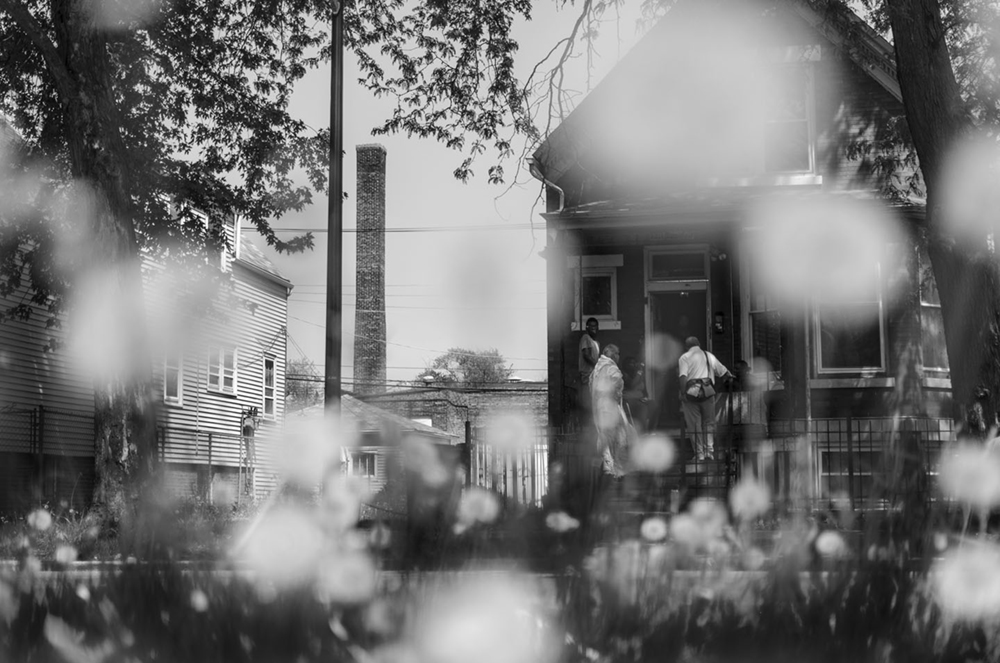
©Megan E. Doherty, The Back of the Yards neighborhood, seen through a window of dandelions, in the springtime. Br. Jim visits with friends on the front porch. The neighborhood, extending from 55th street to 39th, houses about 50,000 people. Over half of the residents don’t have a high school education. It abuts the old Union Stock Yard (where it gets its name), which was the biggest livestock and meatpacking hub in the United States until the 1950s
This week and next, Lenscratch will be sharing the CENTER Award winners and the statements by the jurors to help understand their choices.
Congratulations to Megan E. Doherty for winning the Project Development Award. Megan is a documentary photographer based in Chicago, IL. She received her PhD in the philosophy of religions from the University of Chicago. In November, her work will be part of The Curve exhibition at photo-eye Gallery, as part of the CENTER grant. Her work also garnered a place in Critical Mass Top 50, and will be part of the Critical Mass exhibition this June at Łódź Fotofestiwal, Poland.
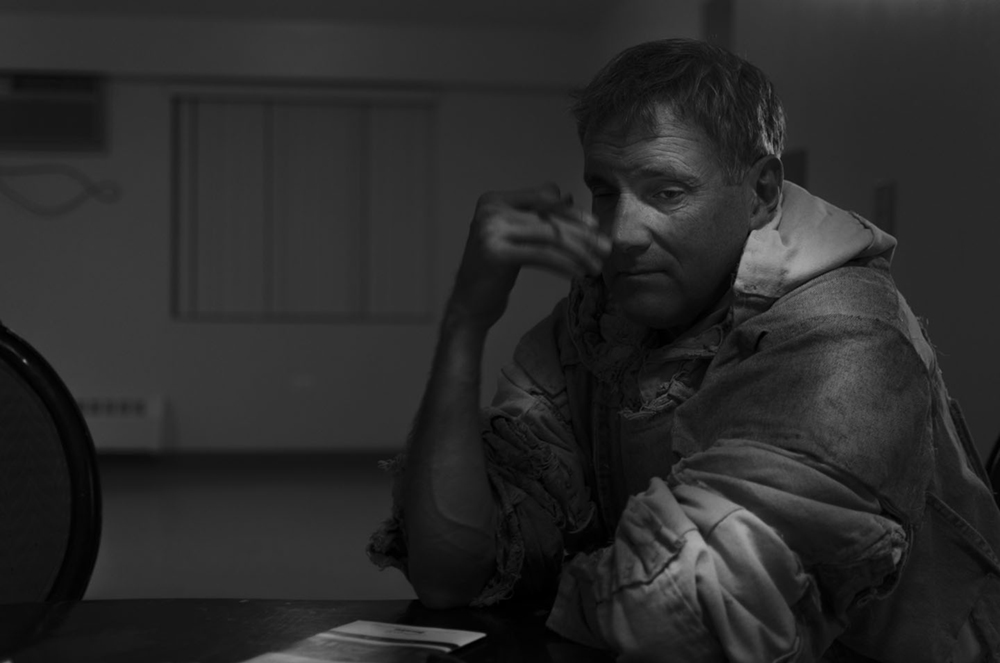
©Megan H. Doherty, We’re on the 9th floor of the Dearborn Homes housing project visiting Joyce. She found out a few years ago that she has AIDS, but she learned that with the right medication, diet and lifestyle, it was not the death sentence it used to be. But recently she learned she has terminal cancer. This one she can’t beat. She called Br. Jim and asked him to help her go over some paperwork. “Final Wishes” planning guides. Where does she want her funeral? Who does she want to be the minister? Who will carry her coffin? She breaks down in tears, her body convulsing through the sobs. She leaves the room multiple times to collect herself. In a moment of quiet reflection waiting for her to return to the kitchen table, Br. Jim looks stressed.
PROJECT DEVELOPMENT: Juror’s Statement
Susan Bright, Independent Curator & Writer
Being a juror is always a fascinating, and somewhat exhausting, process. There are so many factors to be considered, and you embark on the such a task knowing that being selected means a great deal to the photographer. Like the other jurors before me, I had a set of questions that I asked myself during viewing which helped me make my selection easier – questions like – had I seen other work on the subject (if yes, how was this different and what was it offering?) Did I want to see more? Did I care about the people in the photograph? Would the photographer really benefit from being selected? Could I envisage the finished project? The bulk of the work I looked at was what I would call straight documentary and that set my mind whirring into the abiding fascination with the urge to document and how that sits outside much of what we see in the art gallery today in terms of art photography. Seeing such a vast number of photographs also illustrates the elusiveness and magic of the medium to me. It makes me almost delirious wondering why sometimes somebody’s work touches me so profoundly and why somebody else’s does not. Why a series of portraits can be sometimes so exquisite and other times you think ‘its just not enough to take portraits.’
So my final choice went to Megan E. Doherty. I felt that I could respond to the questions I asked of it. Although it was not too dissimilar in subject matter from much of the work I encountered there was something about it that I couldn’t grab hold off, a glimmer and spark which set it apart. I encountered it early on in my viewing, and it stayed without me throughout the whole process. It’s a very straight forward black and white documentary piece, but it has an energy, a dynamism and a humility which is very individual and one feels Megan is completely empathetic to all those she photographs. It’s not just that the subject matter or the characters involved in her storytelling are compelling, its also that she composes an image with such confidence. Sometimes it is enough just to keep it simple, engage in your subjects, be totally involved with the process and keep your viewer close. It’s a beautiful, and human story told without any judgment or prejudice. It shows a world very different from mine in terms of spiritual beliefs, gun culture, and geography but ultimately it’s about human commitment and character – both things that resonates wherever you are and whatever your beliefs.
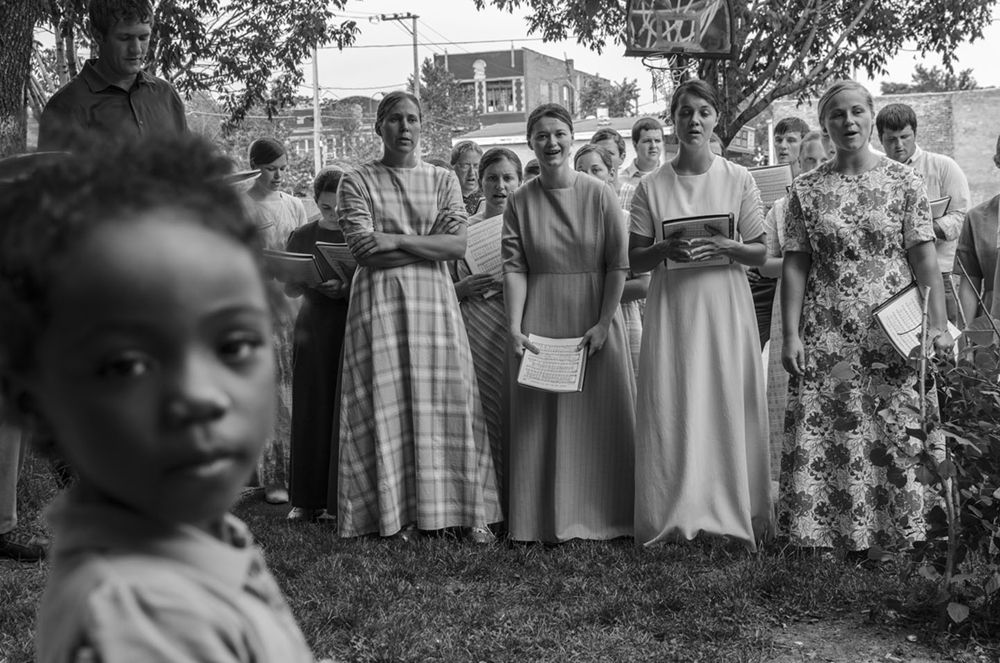
©Megan E. Doherty, An unlikely sight in the neighborhood: On July 11, 2014, a group of 47 conservative Mennonites from the Sharon Mennonite Church walked through Back of the Yards to sing to the residents and pass out free CDs. At first the residents looked confused and surprised to see this huge group approaching on the sidewalk, but they were all very glad to hear them sing. Some residents were deeply touched and shed tears.
Back of the Yards
Beyond the headlines of the notoriously high gun and gang violence in Chicago, there is the debilitating loss of human capital in many communities of the South and West Sides. For over three years I have been documenting the work done in one South Side neighborhood, Back of the Yards, by the last remaining member of “Brothers and Sisters of Love,” a small street ministry that tends to those involved in, and victimized by, gang violence and urban poverty.
Jim Fogarty, affectionately known as “Brother Jim,” wears a hand-sewn habit made out of scraps of denim, now tattered after over 30 years of use. That’s how long he’s been traversing the streets by foot, carrying only rosary beads to pass out – that, and offering prayers.
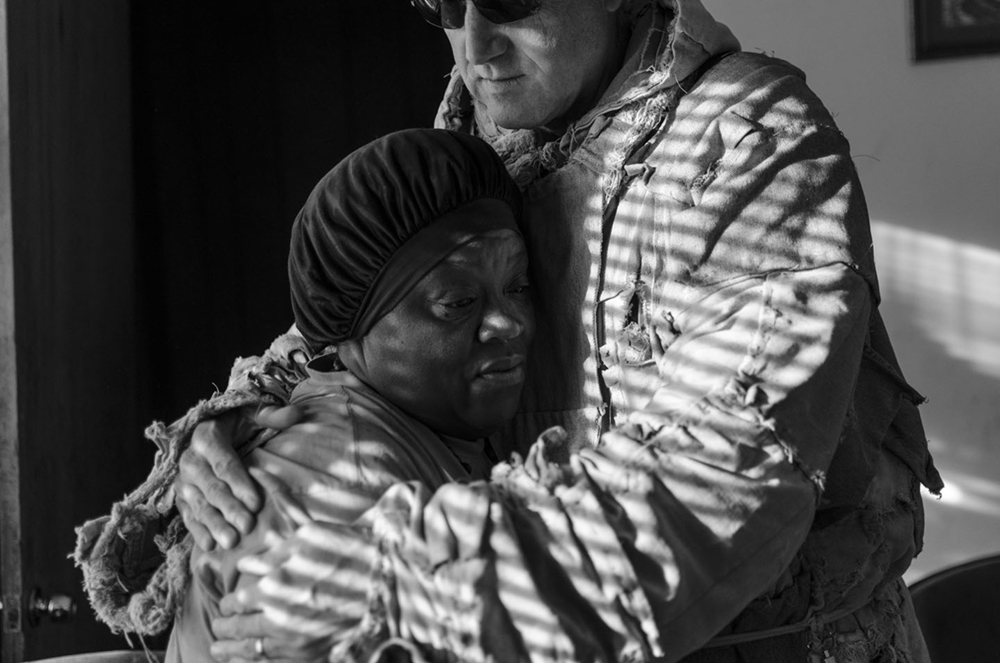
©Megan E. Doherty, Br. Jim meets with Angela, who struggles with food insecurity and also doesn’t have a state ID. He goes over her mail with her in an effort to find the documentation they’ll need.
By now, residents largely know who he is, and often come running when they see him coming down the street, or call out from their windows, asking him to pray for them. Once upon a time, he stood between warring gangs shooting at each other, bullets whizzing by, risking his life. Now, they ask him for rosaries.
In an effort to neither whitewash nor sensationalize, I’ve taken care to attend to all those moments that, while difficult or simply mundane and easy to ignore, are also sublimely beautiful.
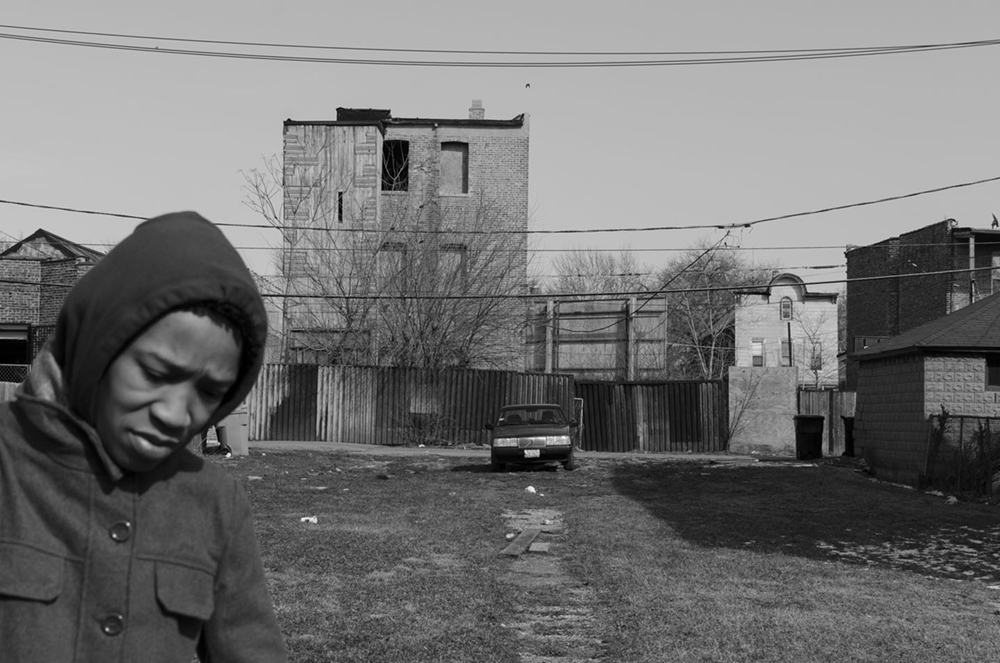
©Megan E. Doherty, We bump into a Back of the Yards resident, Delilah, while we’re walking to visit her neighbors down the block.
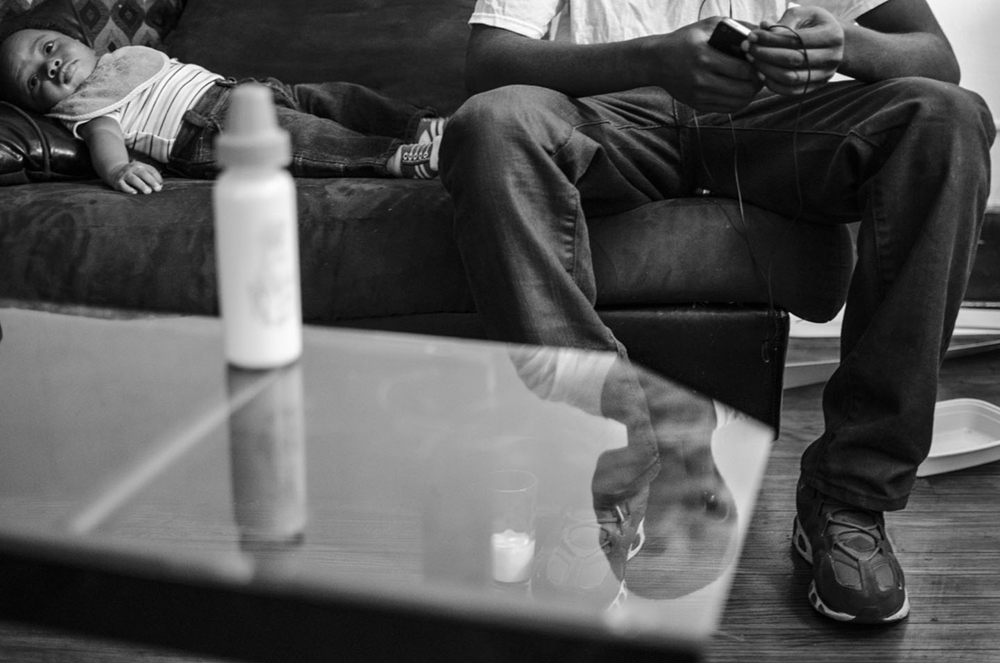
©Megan E. Doherty, You wouldn’t normally find CJ in Back of the Yards. Typically he stayed in the Cabrini-Green row houses. But this day we found him at his sister’s. He was on house arrest, the ankle bracelet hidden beneath his jeans. Still a juvenile, but just barely. It was his “last chance”. His sister out, he tended his little niece and nephew. As his niece bounded around the apartment, the baby boy lay on the couch. CJ sat near, messing with his phone. A typical teenager. For a minute, the bottle, waiting, stood on the coffee table. The young man on house arrest – his face reflected in the glass surface, itself isolated. Trapped. Over time I’ve grown terrified of my photos. They are things that grow and change on me, sometimes for the worse. Yesterday, this photo meant “juvenile justice system.” It meant “youth interrupted.” It meant “I made a mistake, but I still love, and I am worthy of love.” Today, I look at this photo, and it looks back, differently. Today, it means vengeance. Retaliation. The cycle, unbroken. One day since this image was taken, CJ was beaten, badly. I don’t know by whom, some rival clique. His friends rallied to his defense. One of the rivals shot dead. The balance sheet, squared. And his friend in jail.
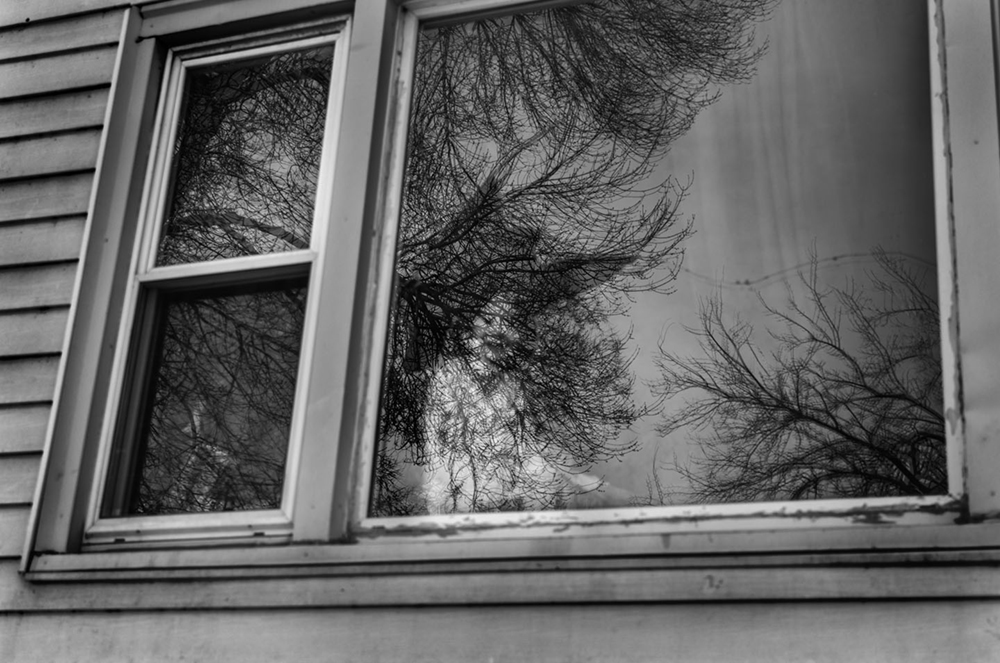
©Megan E. Doherty, A little girl perched in the front window of her family’s apartment, mingled with the reflection of the trees on the street, smiling at us as we chat with residents outside her apartment.
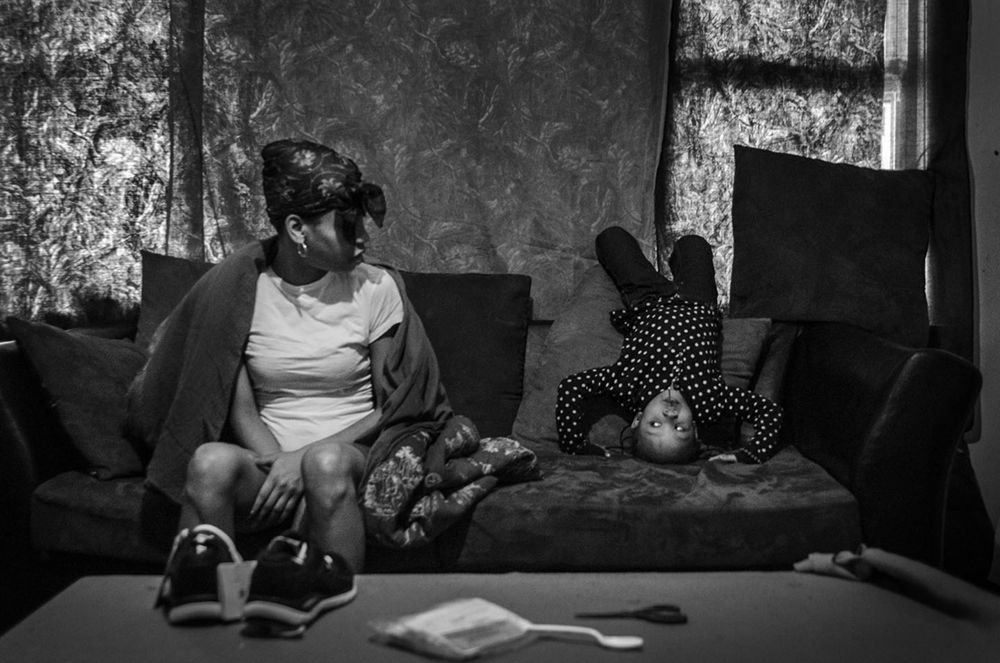
©Megan E. Doherty, Delilah and her youngest, India, in the front room of their apartment in Back of the Yards. India has such a big, self-assured personality for such a tiny human. And she has one of the most remarkable, penetrating gazes that I’ve ever seen. She loves my camera, and was clearly performing, lollpop in mouth, watching for reactions. She and her tired mother quietly (tensely?) regard each other.
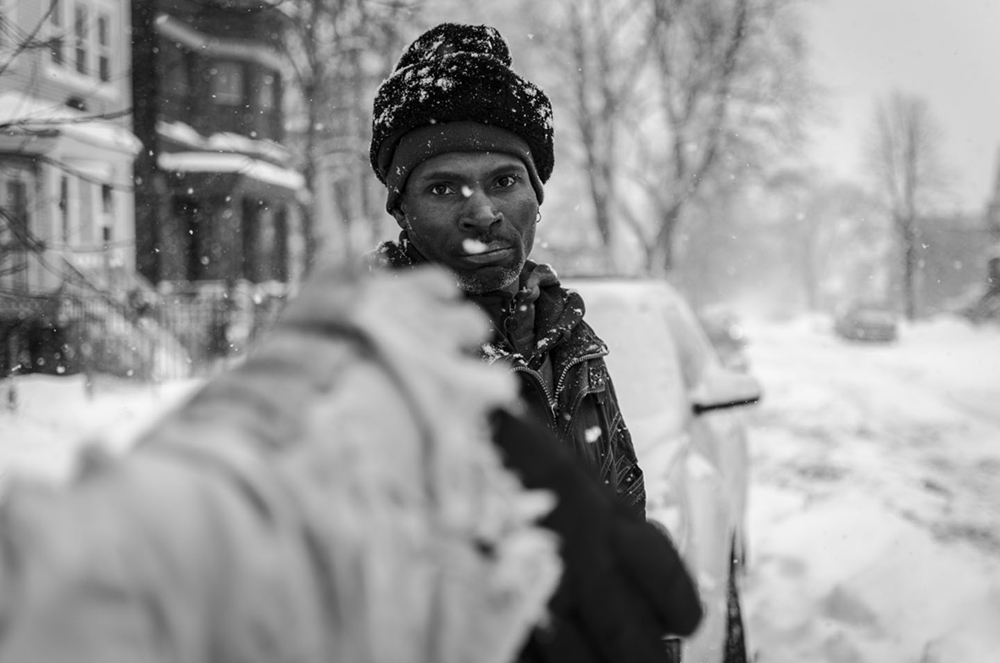
©Megan E. Doherty, Winter in Back of the Yards. Br. Jim walks through all kinds of weather – the balmy heat of summer, the freezing cold, bitter winds and snow of winter. Here a resident is busy shoveling, but pauses to talk with us and accept a rosary.
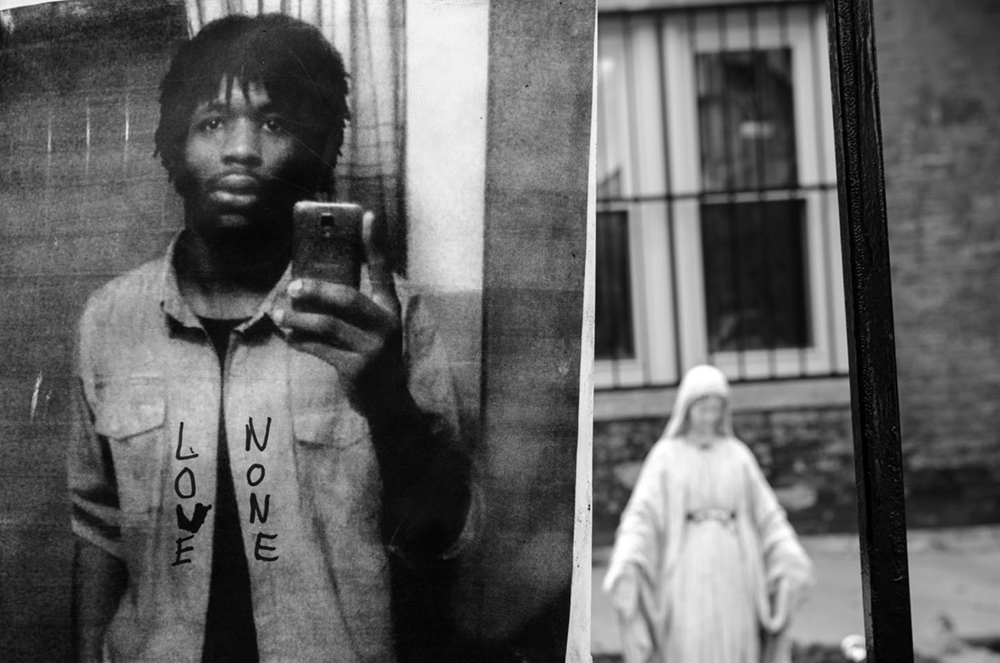
Megan E. Doherty, A teenager, Jeremiah Shaw, had been recently shot and killed on Laflin Street, just a week before this photo was taken at his sidewalk memorial. On the spot where he died, friends and family placed candles, empty bottles of alcohol, and they hung rosaries from the fence. Someone taped a selfie on the fence, one that that “Man Man” had taken of himself in a mirror, and printed it out on 8.5×11 computer paper. Someone had written “love none” on it in black Sharpie, vertically, in two columns. Although I’ve met many people on the block, including Man Man’s young cousins, I had never met him in person. I hated that my first and only photos involving him were of his memorial and funeral. I didn’t feel comfortable taking pictures of him lying in his casket. But I liked the idea that I could take one where it’s as though he’s looking right back at me — and at us. Taking our image as we stare into his eyes. And see ourselves different through them.
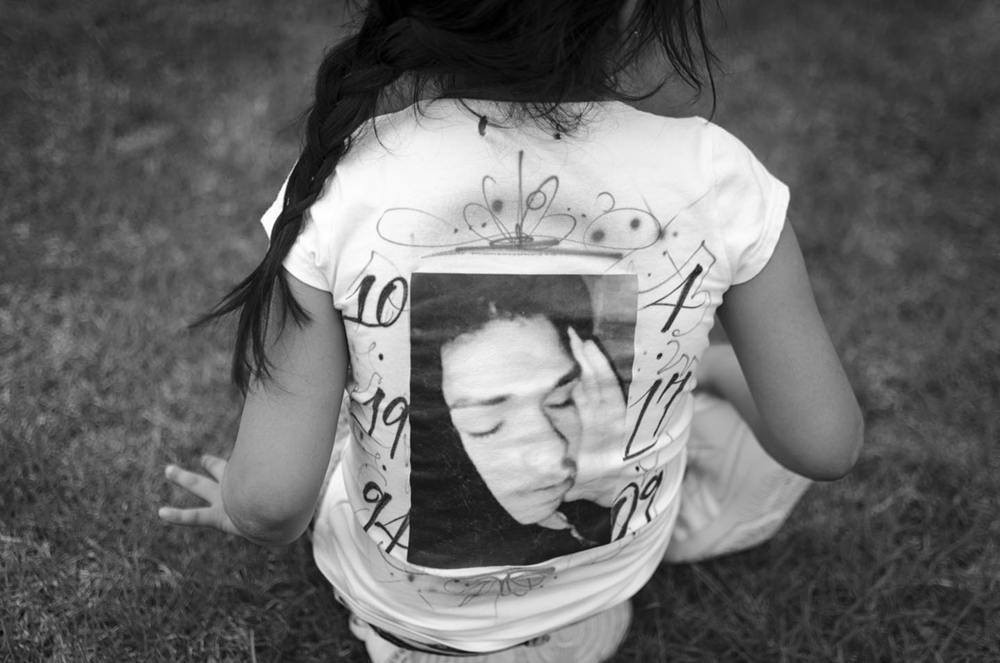
©Megan E. Doherty, We had been looking for a grave but couldn’t find it. We had thought the teen’s nickname, “Angel,” might be on the headstone, but it wasn’t. We waited for the family to arrive, and followed them and the gaggle of kids as they hauled chairs, bottles of water, balloons, Flowers, figurines and candles to where Juan has been buried since 2009. He was shot and killed after playing basketball in Cornell Square Park in Back of the Yards one night. His family came to honor the six year anniversary of his death. He died when he was only 14.
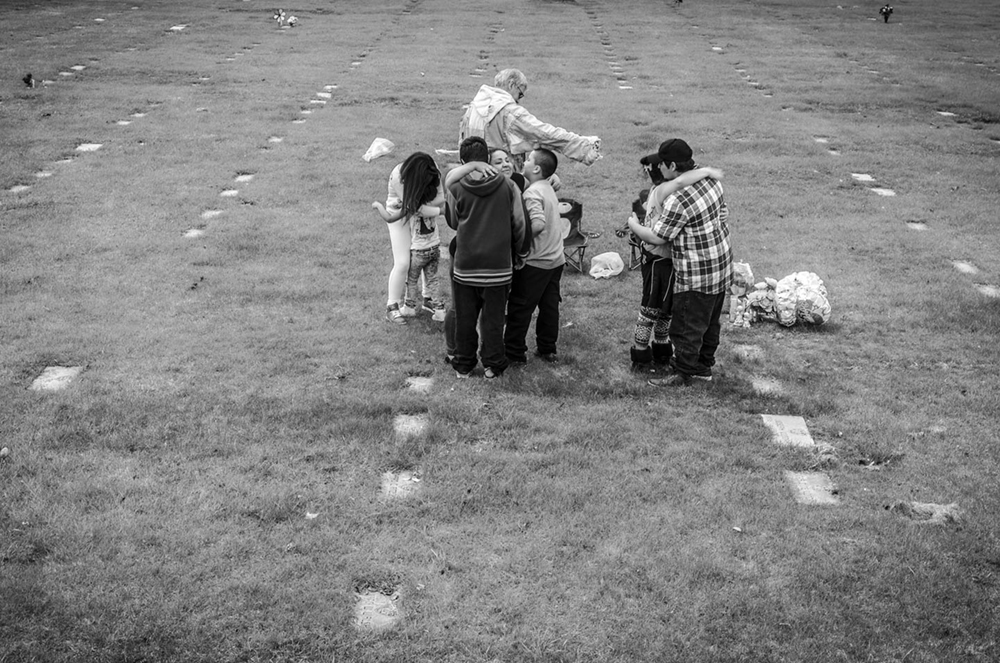
©Megan E. Doherty, The family set up camp and decorated their “Angel” Juan’s grave. They carefully watered the roses they’d brought before laying them down across where the years of his birth and death were carved into stone. Br. Jim prayed with them, said some words, blessed them all, and sprinkled holy water. There was a moment when they were all in motion, paired up, about to begin–or in the middle of–or about to end and embrace. And in the midst of all this was Jim, his arm outstretched above everything, to sprinkle water over the gravesite. There was just something about that scene, that second, the way everyone was arrayed in time and space. It was an in-between sort of moment, but sometimes that’s when we really see things.

©Megan E. Doherty, Br. Jim seen walking from above, from the vantage of the roof of the Port Ministries. Jim uses the Port as his home base in Back of the Yards. He starts and ends his weekly walks there. The Port was founded in 1984 by Fr. Gus, a Franciscan friar. It began on Justine Street with prayer and the feeling that the proper place of the church is on the street — this is the tradition that Br. Jim has carried on through his work in Brothers and Sisters of Love. The Port started off as a soup kitchen and now includes a bread truck, a free clinic, and education help for children in the neighborhood.
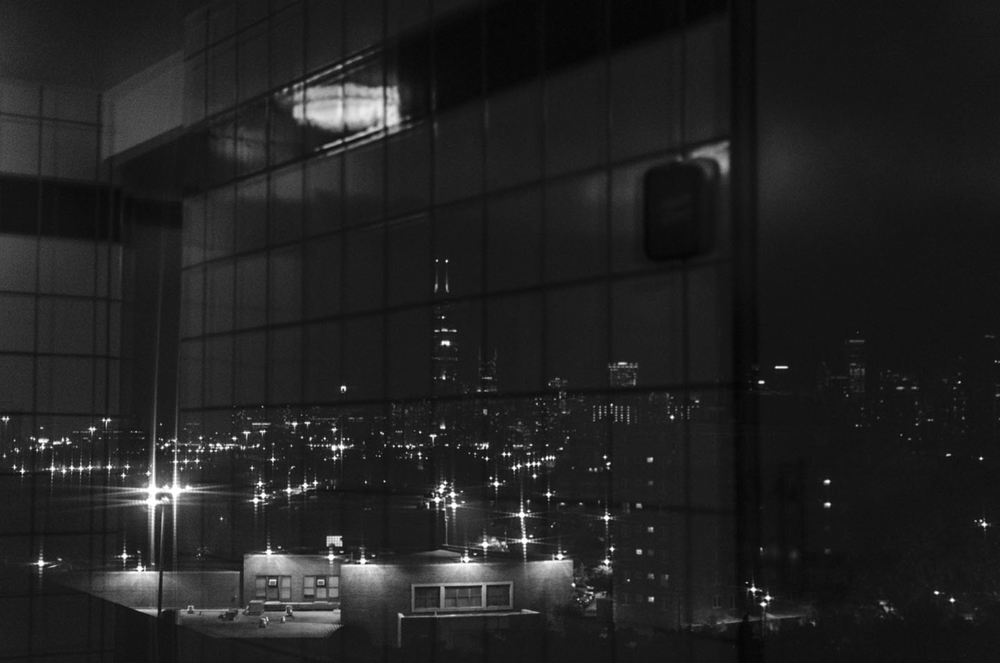
©Megan E. Doherty, On the 9th floor of the Dearborn Homes housing project. Located in Bronzeville, it was the first Chicago housing project to have elevators when it opened in 1950. It was recently rehabbed after many years of neglect, drug raids, and abuse. Downtown Chicago and the Willis Tower glow in the distance, as Br. Jim knocks on an apartment door, and we wait for it to open. He was called here by a dying woman in order to go over “Final Wishes” planning guides.
Posts on Lenscratch may not be reproduced without the permission of the Lenscratch staff and the photographer.
Recommended
-
The International Women in Photo Association Awards: Lorraine Turci: The Resilience of the CrowMarch 16th, 2024
-
The International Women in Photo Awards: Natalia Garbu: Moldova LookbookMarch 15th, 2024
-
The International Women in Photo Association Awards: Rayito Flores Pelcastre: Chirping of CricketsMarch 14th, 2024
-
The International Women in Photo Association Awards: Alena Grom: Stolen SpringMarch 13th, 2024
-
The International Women in Photo Association Awards: Louise Amelie: What Does Migration Mean for those who Stay BehindMarch 12th, 2024

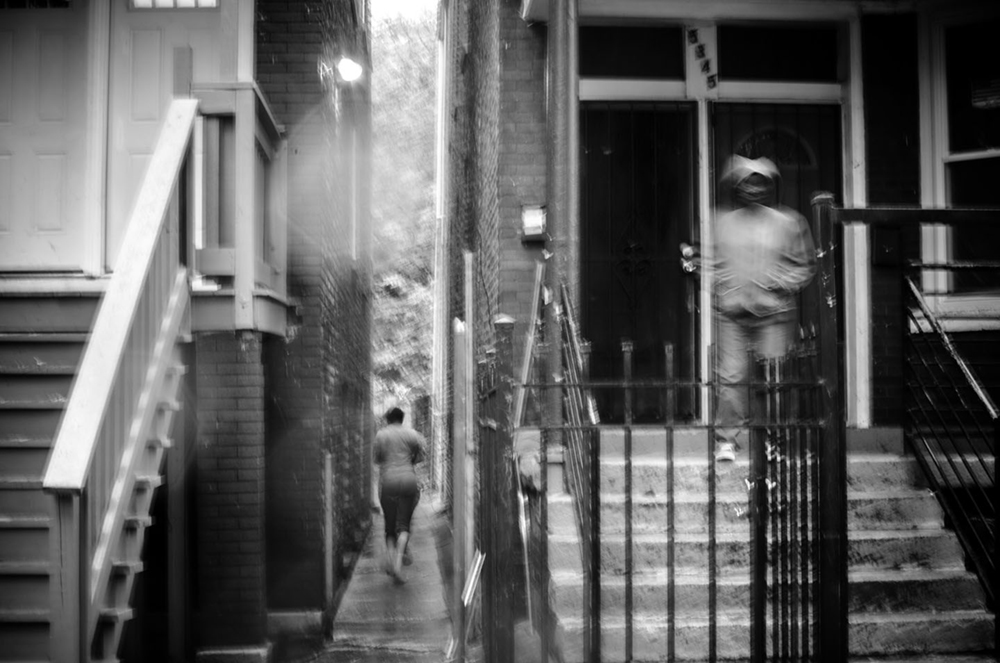

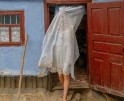

















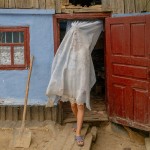







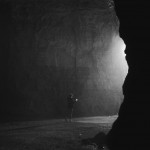
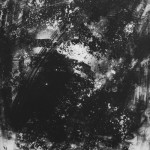


![CHILD OF ANCESTORS [FOTOSBYKIMBERLY]](https://lenscratch.com/wp-content/uploads/2021/10/CHILD-OF-ANCESTORS-FOTOSBYKIMBERLY-150x150.jpeg)
































